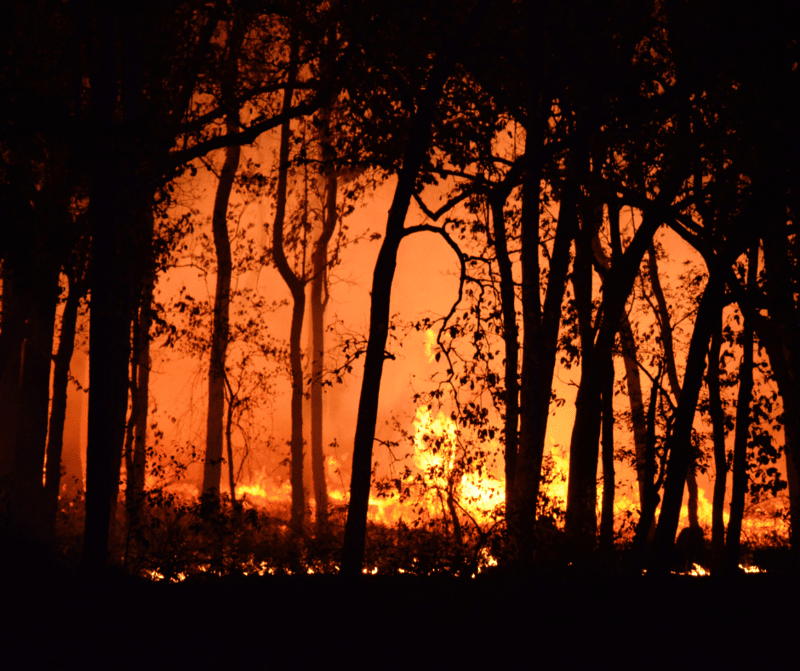Wildfires – a concern for sustainable development
Author: Autumn Downey
Posted on Jul 6, 2023
Category: News

Current wildfires are wreaking havoc on the environment and people in Canada and neighbouring countries. Spread and intensity are greatly influenced by climate change and human actions. These factors contribute to wildfires' broader impact, expenses, and consequences on communities and ecosystems.
Environmental Impacts
Wildfires affect ecosystems in complex ways. While controlled fires can contribute to preserving biodiversity and encouraging regrowth in some forests, uncontrolled and severe fires can result in significant degradation and loss of biodiversity—catastrophic effects on wildlife, including injury, displacement, and habitat destruction. The resulting air and water pollution can alter the local climate and contribute to global warming. Changes in global fire patterns may impact certain species' habitats, leading to population decline and endangerment.
Social Impacts
A wildfire can have short-term and long-term adverse effects on society, including increased fatalities, destruction of houses and infrastructure, and a negative impact on mental and physical health. One of the most common fire health problems is respiratory illness. Fire pollutants can travel long distances and affect other areas and even continents. Additionally, drinking water can become contaminated through affected watersheds from ash runoff, involving local communities’ health.
Economic Impacts
They directly have economic costs like asset losses and firefighting costs. They also devastate everything from tourism revenue and productivity in the forest industries to real estate values, healthcare costs, and rehabilitating affected ecosystems and residential areas. Fires can negatively affect society and health long after flames are put out, resulting in higher costs and more severe consequences.
As individuals, we share a common goal of minimizing natural disasters, including wildfires. Unfortunately, the rapid increase in greenhouse gas emissions caused by human activities, poor land management, the industrialization of tree planting, etc., provides the perfect dry environment for a wildfire to spark out of control. This, in turn, contributes to further GHG emissions, creating a vicious never-ending cycle. However, we can break this cycle by adopting effective land management practices such as controlled fire burns. By doing so, we can enhance biodiversity and reduce the frequency of forest fires.
How you can help reduce the likelihood of destructive wildfires happening:
1. Be mindful of fire: Whether you’re camping, lighting a candle, etc., it is crucial to remember the risks involved.
2. Report suspicious activity: If you see something, say something.
3. Clear away debris: Creating a buffer zone could prevent the fire from spreading.
Learn more about how controlling fire through indigenous practices can boost biodiversity and reduce forest fires.
Hagelberg, N. (2020, January 23). The effect of wildfires on sustainable development. UNEP.
Kimmerer, R. W., & Lake, F. K. (2001). The role of indigenous burning in land management. Journal of Forestry, 99(11), 36-41.
Lang, Y., & Moeini-Meybodi, H. (2021). Wildfires–a growing concern for sustainable development.